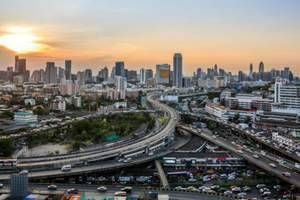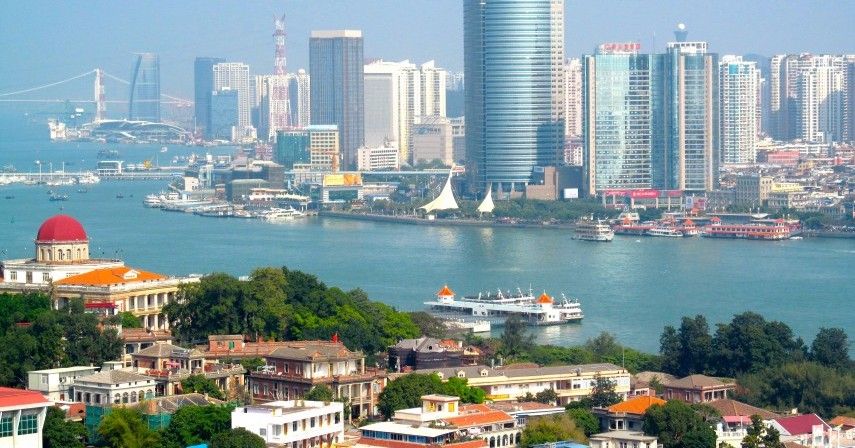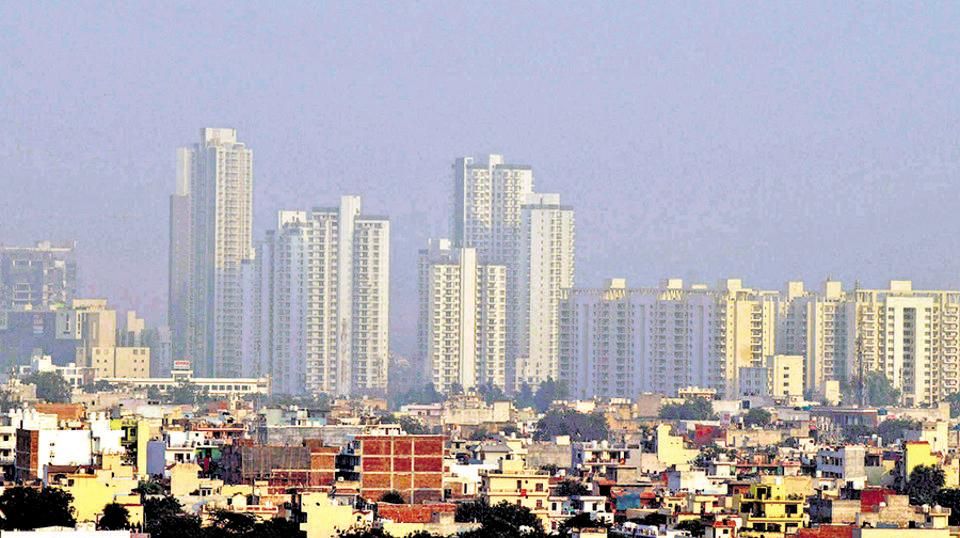Urbanisation In India
Jun 11, 2019 • 30 views

URBANISATION IN INDIA
The urban population in India is expanding. Main reasons are migration and investments in housing, road network. urban transport, water supply, and other forms of urban management.
Rapid economic growth has also fostered urbanisation. There has been a drastic increase in the urban cities in the country and is expected to continue even at a faster rate in the years to come. Investments are made in this regard.

Currently, the dominant cities in India are New Delhi, Mumbai, Bangalore, Hyderabad, Chennai, Ahmedabad, Kolkata, Pune, Surat etc. Urbanization starts in these metropolitan cities as each one is alliancing with varied businesses, advancement, development and complications.
KEY POINTS RELATED TO URBANISATION IN INDIA
# Due to the support of private companies, private cities are expanding. Private developers are looking into private housing that is expected to increase in the years to come.
# The Delhi-Mumbai corridor is a program implemented keeping in mind to develop 'smart-cities' with infrastructural development.

# The transport sector of India underlines the significance of interconnecting the different modes of transportation: road, rail, sea and air. An efficient multi-modal system is relevant in the development and successful growth of the infrastructural systems.
# India’s estimated economic growth opens the doors for expansion prospects for Indian airports. Domestic and international passengers are inevitably predicted to double in number in the years to come.
CAUSES OF URBANISATION
Increase in Government schemes
Migration of people from rural to urban, especially after partition.
Industrial revolution in India
Five year plans that aim at the urbanisation of the country
People find more job and economic opportunities in urban areas, thus moving there.
Infrastructure of urban areas
CONSEQUENCES OF URBANISATION
A latest report tells that three out of top 10 cities of the world with worst traffic conditions are from India. These are Mumbai, Kolkata and Pune.
Delhi is the most polluted city of the world according to Brookings Institute, while air pollution is a major cause for premature deaths across the world.
According to an economic survey, agricultural workers will reduce from 58.2% to 25.7% from 2001 to 2050 because of urbanisation.
Also, as people migrate to cities from rural areas, employment in urban areas have decreased.
INDIA'S SEVEN MISSION PROGRAM
This program aims to fund cities to achieve the expected milestones.
This programs includes the following plans:
1.) 100 smart cities mission
2.) AMRUT --> Atal Mission for Rejuvenation and Urban Transformation
3.) HRIDAY --> National Heritage City Development and Augmentation Yojana
4.) Sardar Patel National Urban Housing Mission
5.) National Mission on Sustainable Habitat
6.) Clean India Mission
7.) National Urban Information system

